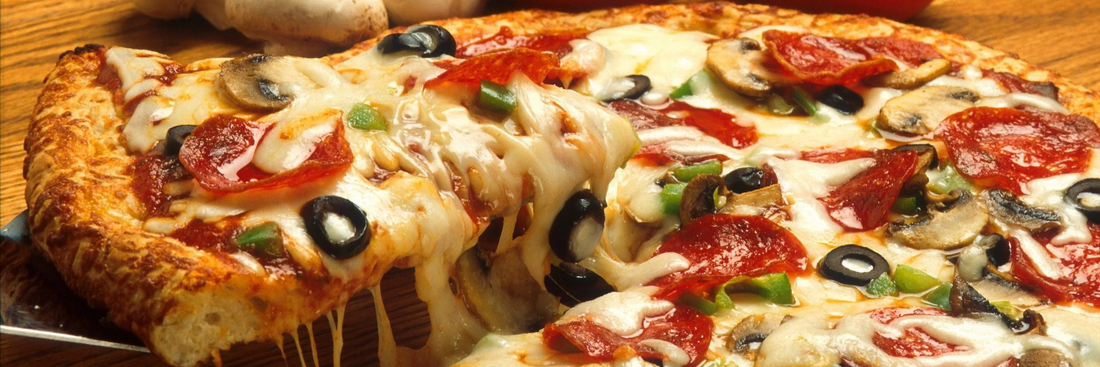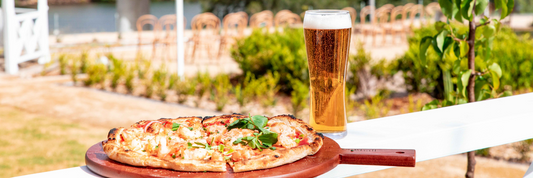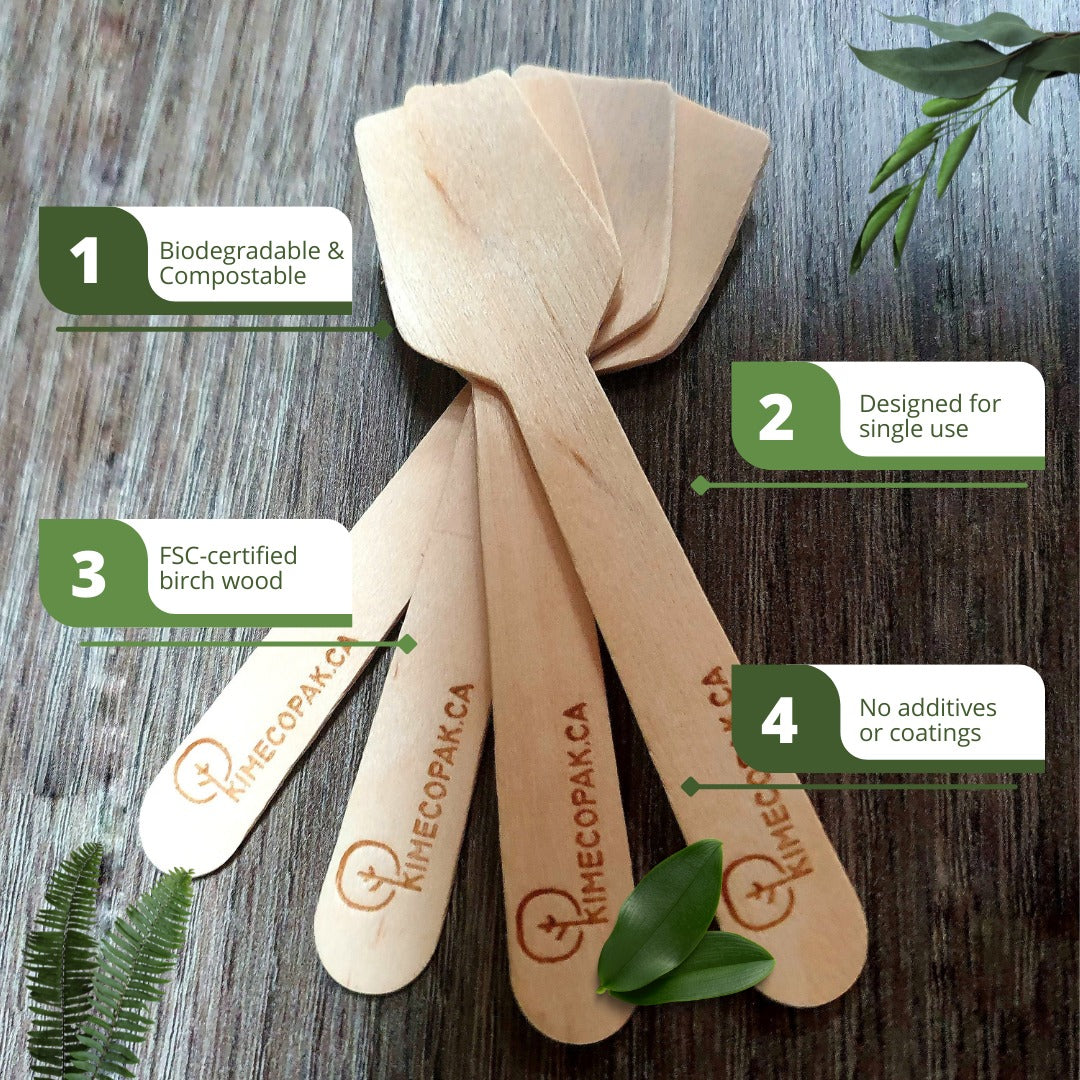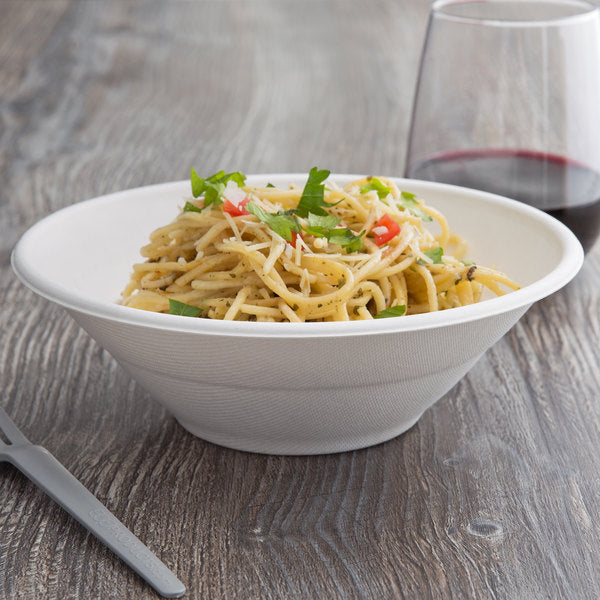Who can resist the aroma of freshly baked pizza, bubbling with melted cheese and your favorite toppings? While ordering takeout is convenient, the satisfaction of creating your own perfect pie at home is truly unmatched. This comprehensive guide will walk you through every step of making a delicious homemade pizza recipe, from crafting the ideal dough to selecting flavorful toppings and achieving that coveted crispy crust.
Why Make Pizza at Home? The Delicious Benefits
Making pizza at home offers a wealth of advantages that go beyond just satisfying your hunger. It's an experience that combines deliciousness with personal satisfaction. Let's explore the fantastic benefits of crafting your own perfect pie.
Freshness and Flavor: The Difference Homemade Makes
Think about the last time you had a truly amazing pizza. Chances are, the freshness of the ingredients played a huge role. When you make pizza at home, you have complete control over the quality of everything you use. Imagine the vibrant taste of ripe, juicy tomatoes transformed into your own homemade pizza sauce recipe. Compare that to a mass-produced sauce that might have been sitting on a shelf for weeks. The difference is night and day. Using fresh mozzarella cheese that melts beautifully, fragrant basil leaves picked just before topping, and the aroma of freshly baked pizza dough recipe filling your kitchen – these are the sensory delights you simply can't replicate with takeout. It's like the difference between a garden-fresh tomato and one from a can; the homemade version bursts with flavor.

Customization Control: Your Pizza, Your Way
One of the most unique attributes of making pizza at home is the absolute control you have over every single element. Tired of limited topping options? Wish you could have extra cheese without paying a premium? Making pizza from scratch puts you in the driver's seat. You can choose your favorite type of flour for the pizza dough recipe, decide on the thickness of your crust (crispy thin crust or a chewy, thicker one), and load up on exactly the toppings you love. Want to try a gourmet combination like figs and prosciutto, or perhaps a spicy homemade pizza recipe on a grill? The possibilities are truly endless. Remember that time my friend, Sarah, couldn't find a pizza place that made a half-and-half pizza with her specific vegan toppings on one side and her husband's meat lovers' preferences on the other? She finally decided to make it herself, and it was a huge success! That's the beauty of homemade – your pizza, your rules.
Fun for the Whole Family: A Great Cooking Activity
Making pizza at home isn't just about the food; it's also about the experience. It's a fantastic activity to involve the whole family in. Kids especially love getting their hands doughy, helping to spread the sauce, and arranging their favorite pizza toppings ideas. It becomes a fun family night tradition, creating memories alongside a delicious meal. I remember when I was little, my dad would always let me sprinkle the cheese, and it felt like such an important job! These shared moments in the kitchen are invaluable and make the final product even more satisfying. Plus, it's a great way to teach kids about cooking and where their food comes from.
Cost-Effective: Saving Money Compared to Takeout
Let's be honest, ordering pizza can be quite expensive, especially for a family. Making your own homemade pizza recipe is often significantly more cost-effective. The basic ingredients like flour, yeast, water, and salt for the pizza dough are relatively inexpensive. Even with good quality toppings and cheese, the total cost per pizza is usually much lower than what you would pay for a comparable takeout option. Think about it – a few dollars' worth of ingredients can easily turn into a large, satisfying pizza that feeds several people. This makes making pizza at home an excellent choice for budget-conscious individuals and families who still want a delicious and enjoyable meal.
Healthier Options: Control Over Ingredients
In today's world, many people are increasingly conscious about what they eat. Making pizza at home gives you complete control over the ingredients you use, allowing for healthier choices. You can opt for whole wheat flour for your pizza dough recipe, load up on fresh vegetables, and choose leaner protein options. You can also control the amount of salt, sugar, and oil that goes into your pizza, something you often can't do when ordering takeout. For those with dietary restrictions, like needing a gluten-free homemade pizza recipe or a vegan homemade pizza recipe, making it yourself is often the easiest and most reliable way to ensure your needs are met. You know exactly what's going into your meal, allowing you to create a delicious and healthier version of a classic favorite.
Pizza Ingredients: The Pizza Pantry Essentials
To embark on your homemade pizza adventure, having the right ingredients readily available is crucial. Think of it as preparing your artist's palette – each component contributes to the final masterpiece. Let's delve into the essential items you'll need to create a truly delicious homemade pizza.
For the Dough: Flour, Yeast, Water, Salt, Olive Oil (Root Attribute)
The foundation of any great pizza is its crust, and for that, you'll need a few simple yet fundamental ingredients. Flour, typically bread flour or all-purpose flour, provides the structure. Yeast, whether active dry or instant, is what makes the dough rise and gives it that wonderful airy texture. Water, ideally lukewarm, activates the yeast and brings the dough together. Salt enhances the flavor of the crust. Finally, a touch of olive oil adds richness and helps create a more tender and flavorful dough. These five ingredients are the root attributes of a classic pizza dough recipe, the basic building blocks for countless variations. I remember the first time I tried making pizza dough; it seemed intimidating, but once I understood the role of each ingredient, it became so much easier. It’s like building with LEGOs – these are your essential bricks.

For the Sauce: Tomatoes, Garlic, Herbs, Seasonings
Next comes the heart and soul of your pizza – the sauce. While you can certainly use store-bought sauce for a quick homemade pizza recipe, making your own is surprisingly simple and elevates the flavor profile significantly. The star of the show is undoubtedly the tomatoes. Canned crushed tomatoes, diced tomatoes, or even tomato puree work well as a base. Garlic, whether fresh or powdered, adds a pungent and aromatic depth. Herbs like dried or fresh oregano and basil are classic Italian pizza recipe staples, lending their characteristic fragrance. Don't forget seasonings like salt, pepper, and perhaps a pinch of sugar to balance the acidity of the tomatoes. My grandmother always said the secret to a good sauce is to let it simmer gently, allowing all the flavors to meld together. It’s that simple touch that makes all the difference.
For the Cheese: Mozzarella and Other Options
No pizza is complete without a generous layer of melted cheese, and for most, mozzarella is the quintessential choice. Its mild flavor and excellent melting properties make it ideal for achieving that gooey, satisfying cheese pull. You can use fresh mozzarella (the kind packed in water), which offers a softer texture and milky flavor, or shredded low-moisture mozzarella, which melts more evenly. However, don't feel limited to just mozzarella! For those looking to experiment, other excellent options include provolone for a sharper taste, Parmesan for a salty and nutty note, or even a blend of cheeses for a more complex flavor. I once tried a homemade pizza using a combination of mozzarella, fontina, and gorgonzola – it was a delightful explosion of flavors, showcasing the versatility of cheese in pizza making.
Toppings Galore: From Classic Pepperoni to Gourmet Choices
This is where your creativity can truly shine! The world of pizza toppings is vast and exciting. For a classic homemade pizza, you might opt for favorites like pepperoni, mushrooms, onions, and bell peppers. These are reliable choices that always deliver. But don't be afraid to venture beyond the traditional! Consider adding cooked sausage, olives, spinach, pineapple (if you're feeling adventurous!), or even roasted vegetables. For a more gourmet homemade pizza recipe, you could explore options like artichoke hearts, sun-dried tomatoes, goat cheese, or even thinly sliced prosciutto. Remember that time my friend made a "leftovers pizza" and topped it with shredded chicken, roasted sweet potatoes, and a drizzle of pesto? It was surprisingly delicious! The key is to choose toppings you enjoy and not to overload your pizza, as too many toppings can make the crust soggy. Think of it as building your own edible masterpiece – each topping adds its unique touch to the final creation.
How to Make Homemade Pizza Perfection: Making the Dough
Creating the perfect pizza starts with crafting a delicious homemade pizza dough. This foundational step, while seemingly simple, requires attention to detail to achieve the desired texture and flavor. Follow these step-by-step instructions to make a fantastic base for your pizza masterpiece.
Activating the Yeast: The Foundation of a Great Crust
The first step in making our best homemade pizza dough recipe is activating the yeast. Yeast is a living organism that, when properly activated, produces carbon dioxide, which makes the dough rise and gives it its characteristic airy texture. To do this, you will need warm water, typically between 105-115°F (40-46°C). If the water is too hot, it can kill the yeast; if it's too cold, the yeast won't activate properly. In a small bowl, combine the warm water with a teaspoon of sugar. The sugar provides food for the yeast to get started. Then, sprinkle the yeast (about 2 ¼ teaspoons of active dry yeast or 1 packet) over the warm water. Let it sit for 5-10 minutes. You will know the yeast is active when it becomes foamy on top. This bubbly mixture is the sign that your yeast is ready to work its magic in your pizza dough recipe. Imagine it like waking up a tiny baker who will help your pizza crust become light and fluffy.
Mixing and Kneading: Developing Gluten for Perfect Texture
Once your yeast is activated, it's time to combine it with the flour and other ingredients to form the dough. In a large bowl, whisk together the flour (about 3 cups of bread flour is ideal for a chewy crust) and a teaspoon of salt. Make a well in the center of the dry ingredients and pour in the activated yeast mixture and about a tablespoon of olive oil. Using a wooden spoon or your hands, gradually mix the wet ingredients into the dry ingredients until a shaggy dough forms.
Now comes the crucial part: kneading. Turn the dough out onto a lightly floured surface. Kneading develops the gluten in the flour, which gives the pizza dough its elasticity and structure. Push the dough away from you with the heel of your hand, then fold it back over. Repeat this process for about 8-10 minutes. In the beginning, the dough might feel sticky, but as you continue to knead, it will become smoother and more elastic. You'll know it's ready when it passes the "windowpane test" – you can stretch a small piece of dough thin enough to see light through it without it tearing. Think of kneading as building the framework for your pizza crust, making it strong enough to hold all your delicious toppings.

The First Rise: Letting the Dough Work Its Magic
After kneading, the dough needs time to rise. This is when the yeast does its primary work, producing carbon dioxide and causing the dough to double in size. Lightly oil a large bowl and place the kneaded dough in it, turning it once to coat with oil. Cover the bowl with plastic wrap or a clean kitchen towel and place it in a warm place. A warm spot helps the yeast to work more efficiently. This could be in a slightly warmed oven (turned off!), on top of the refrigerator, or in a sunny spot in your kitchen. The rising time will depend on the temperature of your environment, but it usually takes about 1-1.5 hours. You'll know the dough is ready when it has doubled in size. This waiting period is like giving your dough a little rest so it can become light and airy, ready to be transformed into a delicious pizza base.
Dividing and Shaping: Preparing for Your Pizza
Once the dough has doubled in size, gently punch it down to release the trapped air. Turn the dough out onto a lightly floured surface and divide it into the number of pizzas you want to make. This recipe typically yields enough dough for two medium-sized pizzas. Shape each portion of dough into a ball. Cover the balls with a damp cloth and let them rest for another 10-15 minutes. This resting period, sometimes called "bench rest," allows the gluten to relax, making the dough easier to roll out or stretch into your desired pizza shape. Now, your dough is ready to be transformed into the base for your easy homemade pizza recipe. It’s like preparing your canvas before you start painting your culinary masterpiece.
Crafting a Flavorful Base: Making the Pizza Sauce
The sauce is the flavorful heart of your homemade pizza, binding the crust and toppings together. Whether you prefer a simple, fresh taste or a richer, more complex profile, making your own pizza sauce recipe is easier than you might think. Let's explore different approaches to creating the perfect base for your pizza.
Quick and Easy Sauce: Using Canned Tomatoes
For a quick and delicious option, using canned tomatoes is a fantastic choice. This method is perfect for a weeknight dinner when time is of the essence. Simply take a can (about 28 ounces) of crushed tomatoes, diced tomatoes (drained), or tomato puree and pour it into a saucepan. Add a clove or two of minced garlic, a teaspoon of dried oregano, half a teaspoon of dried basil, a pinch of salt, and a grind of black pepper. For a touch of sweetness to balance the acidity of the tomatoes, you can also add a tiny pinch of sugar. Place the saucepan over low heat and let the sauce simmer for at least 15-20 minutes, stirring occasionally. This allows the flavors to meld together beautifully. If you prefer a smoother sauce, you can use an immersion blender or carefully transfer the sauce to a regular blender after it has cooled slightly. This easy pizza recipe sauce is a testament to how simple ingredients can create wonderful flavors. I often make this when I'm craving a quick homemade pizza and don't have a lot of time. It’s so much better than many store-bought options!
Canned Pizza Sauce: Homemade Recipes, Canning Techniques, and Preservation Tips
From Scratch Goodness: A Deeper Dive into Flavor
For those who want to take their pizza sauce to the next level, starting with fresh tomatoes can yield an incredibly flavorful result. This method requires a bit more time but the depth of flavor is worth it. You'll need about 2 pounds of ripe tomatoes. You can blanch them by scoring an "X" on the bottom of each tomato, then dropping them into boiling water for about 30 seconds before transferring them to an ice bath. The skins will then peel off easily. Roughly chop the peeled tomatoes. In a saucepan, heat a tablespoon of olive oil over medium heat. Add a finely chopped onion and cook until softened, about 5 minutes. Then, add 2-3 cloves of minced garlic and cook for another minute until fragrant. Add the chopped tomatoes, a quarter cup of fresh basil leaves (roughly chopped), a tablespoon of fresh oregano (or a teaspoon of dried), a pinch of red pepper flakes for a little heat (optional), salt, and pepper. Bring the sauce to a simmer, then reduce the heat and let it cook for at least 45 minutes to an hour, stirring occasionally, until the sauce has thickened. Just like my grandma's secret recipe, the longer it simmers, the richer the flavor becomes. This from-scratch goodness truly elevates any homemade pizza.
Sauce Variations: Exploring Different Flavor Profiles
Don't feel limited to just a classic tomato-based sauce! There are many delicious sauce variations you can explore for your homemade pizza. For a white pizza (pizza bianca), you can use a base of olive oil, minced garlic, and herbs like rosemary and thyme. Another popular option is pesto sauce, which adds a vibrant green color and a nutty, herbaceous flavor. For a barbecue chicken pizza, using your favorite barbecue sauce as a base is a must. If you're feeling adventurous, you could even try a creamy Alfredo sauce for a decadent twist. Remember that time I made a pizza with a roasted red pepper and garlic sauce? It was a unique and delicious flavor profile that everyone loved! Experimenting with different sauces is a fantastic way to add variety to your homemade pizza nights.
Topping It Off: Unleash Your Culinary Creativity
With your flavorful sauce and perfectly prepared dough ready, it's time for the most exciting part: adding the toppings! This is where you can truly personalize your homemade pizza and cater to everyone's tastes. The possibilities are virtually limitless, so let your imagination run wild!
Classic Combinations: Pepperoni, Margherita, Veggie
For those who love the classics, there are certain pizza toppings ideas that are always a hit. Pepperoni, with its slightly spicy and savory flavor, is arguably the most popular pizza topping in many parts of the world. The Margherita pizza, a simple yet elegant Italian pizza recipe, features just tomato sauce, fresh mozzarella, and basil leaves, allowing the quality of each ingredient to shine through. A veggie pizza offers a healthy and colorful option, typically including a combination of mushrooms, onions, bell peppers, olives, and sometimes spinach or tomatoes. These classic combinations are beloved for a reason – they are delicious, satisfying, and always a crowd-pleaser for a family night or easy meal.
Gourmet Inspirations: Unique and Delicious Topping Ideas (Rare Attribute)
While classic toppings are great, don't be afraid to venture into more unique and gourmet territory for your homemade pizza. This is where the customization control of making pizza at home truly shines (Unique Attribute). Consider toppings like thinly sliced prosciutto, fig jam, and goat cheese for a sweet and savory combination. Roasted vegetables like asparagus, artichokes, and eggplant can add a sophisticated touch. Seafood lovers might enjoy adding shrimp or smoked salmon. Spicy options could include jalapeños, chorizo, or a drizzle of hot honey. I once went to a pizza place that had a pizza with roasted butternut squash, caramelized onions, and sage – it was an unexpected but incredibly delicious combination! Exploring these less common toppings can lead to some truly memorable and unique homemade pizza creations (Rare Attribute).
Tips for Even Topping Distribution
To ensure your homemade pizza cooks evenly and every bite is flavorful, proper topping distribution is key. Avoid piling all your toppings in the center, as this can lead to a soggy middle and undercooked edges. Instead, spread your toppings evenly across the entire surface of the sauce, leaving a small border for the crust. If you are using ingredients that release a lot of moisture, like raw mushrooms, consider cooking them slightly beforehand to prevent a soggy pizza. When layering your toppings, it's generally a good idea to put heavier items closer to the cheese to help them stay in place. For example, place your pepperoni or sausage beneath a layer of cheese. Think of it like building a balanced ecosystem on your pizza – everything needs its space to contribute perfectly to the whole.
Tips and Tricks for Pizza Success
Making great homemade pizza is achievable for anyone, but here are a few extra tips and tricks to help you achieve pizza perfection every time.
Don't Overload the Toppings
While it might be tempting to pile on all your favorite toppings, resist the urge to overload your pizza. Too many toppings can make the crust soggy and prevent the pizza from cooking evenly. A moderate amount of well-distributed toppings will result in a much better final product. Think quality over quantity when it comes to your pizza toppings ideas.
Preheat Your Baking Surface
Whether you are using a pizza stone, baking steel, or a regular baking sheet, make sure it is fully preheated before placing your pizza on it. This initial burst of heat is crucial for a crispy crust. As mentioned earlier, preheating your pizza stone or steel for at least 30 minutes is ideal.
Use Quality Ingredients
The flavor of your homemade pizza will largely depend on the quality of the ingredients you use. Opt for good quality flour, fresh tomatoes for your sauce, and high-quality cheese. Even simple ingredients can shine when they are of good quality.
Adjust Baking Time as Needed
Oven temperatures can vary, so pay attention to your pizza as it bakes. The baking time provided in recipes is a guideline. Your pizza is done when the crust is golden brown and crispy, and the cheese is melted and bubbly. Don't be afraid to bake it for a little longer or shorter time depending on how it looks.
FAQ About Homemade Pizza Recipe
What type of flour is best for homemade pizza dough?
For a chewy and slightly crisp crust, bread flour is generally considered the best choice due to its higher protein content, which develops more gluten. However, all-purpose flour will also work well and is more readily available.
How long should I knead the pizza dough?
Kneading for about 8-10 minutes is usually sufficient to develop the gluten in the dough, resulting in a smooth and elastic texture.
Can I make pizza dough ahead of time?
Yes, you can definitely make pizza dough ahead of time. After the first rise, punch down the dough, shape it into a ball, and wrap it tightly in plastic wrap. You can store it in the refrigerator for up to 2-3 days. Allow the dough to come to room temperature for about 30 minutes before rolling it out. You can also freeze pizza dough for longer storage.
What are some common mistakes to avoid when making homemade pizza?
Some common mistakes include using water that is too hot or too cold for the yeast, not kneading the dough enough, overloading the toppings, and not preheating the baking surface adequately. Paying attention to these details will significantly improve your homemade pizza results.
Conclusion
From the simple joy of kneading dough to the explosion of flavors in every bite, making homemade pizza is a rewarding culinary journey. You now have the knowledge and step-by-step instructions to create your own perfect pizza, tailored to your exact preferences. So gather your ingredients, invite your family or friends to join the fun, and experience the delicious satisfaction of serving a pizza made with your own hands. With a little practice, you'll be a homemade pizza pro in no time, turning any night into a pizza party!







